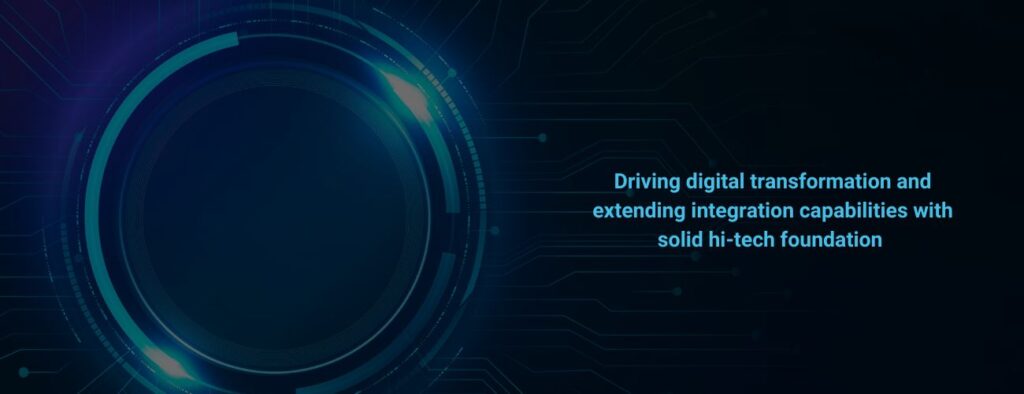Increasing digital capabilities are the foundation for accelerating innovation and driving desired organizational change to overcome existing and upcoming challenges. With a holistic view of how rapid technology adoption could embrace speed, agility, and scalability, it is a matter of increased digital integrations across public and private sector organizations to deliver a seamless digital experience.
The health and economic shortages observed at a global level saw a huge transfer of conventional services to digital delivery, and people readily welcomed the change. However, this has led to a considerable increase in people’s expectations in terms of providing smooth and seamless virtual access to services.
The bar is raised tremendously when it comes to governments specifically. According to BCG’s 2021 Trust Imperative Report, it was revealed that around 76 percent of customers belonging to New Zealand and Australia expect government services to become more personalized, and around 87 percent of them expect a certain level of proactive servicing.
Organizations that have made digital advancements had an advantage during the pandemic to overcome the challenges and deliver their services with increased speed, quality, and scale. For small and midsize organizations, their progression towards digital transformation remained doubtful because of increased risks associated with technological changes.
Robust digital integrations to realize business goals
The technical underpinning of financial services is enhancing faster than the majority of other industries. As market conditions are becoming more competitive in nature, consumers have raised their expectations of having a seamless experience; it has become quite common to see companies develop attractive front-end applications. The only thing to be considered is if the base systems aren’t meeting the standards, mobility for new expectations and consumer demands stay limited – resulting in frustration for consumers and staff.

Support is also a crucial factor to consider. To modernize the business and bring a long-lasting transformation, the organizations need to overhaul their core platforms along with creating new digital capacities and relevant mindsets.
It’s important for them to operate promptly, or risk quick-moving industry modifications making their modern systems obsolete before they get completed. This needs a full-fledged transfer in delivery approach, from an old waterfall method to an agile strategy.
Shifting to agile, achieving flexibility
Implementing buy-in may be tough for private and public sector companies that are looking forward to executing any major system shift, especially when they want to do it quickly.
There are two main reasons why stakeholders may hesitate – they often think that they know things in a better way, or else they are scared. If someone thinks that their way is better, there’s a reasonable discussion to be conducted. For the second category of people, it’s recommended to provide them a chance to raise their concerns with other stakeholders, inculcate understanding, and foster confidence in the process.
In some cases, changing to an agile process needs faith – that pays off very fast. Organizations need to be fully involved and comfortable. But that meant delivering faster results in a timeframe that is quicker in nature.
Delivering personalization with digital integrations
We reside in a world wherein we give information to obtain services. Most of us need and expect to be able to succeed in this easily.
In the private sector, retailers discuss contextual commerce – for efficient incorporation of buying opportunities into daily actions and natural surroundings. Whereas in the public sector, personalization is not about the concept of relevancy and what is required for the person.
By combining the data sources through both sectors, it can be assured that services are contextual, appropriate, and connected to an individual’s status. The answer to many questions is consent. Most importantly, the public sector can allow its citizens to control the information they share, and this will lead to private sector innovations.
Digital transformation is a necessity, not optional!
Most customers always look for a seamless digital experience, as it’s a need for organizations to step up their digital capabilities and implement the models to achieve flexibility and automation. As digital transformation offers greater integration capabilities in the public and private sectors, this technological shift is not optional in this era. These must stay relevant and meet evolving customer needs.


